The Naturopathy, Naturopathic Practice or naturopathic medicine is based on the principle of the life force inherent in all organisms. This natural life energy controls all physical processes such as metabolism, reproduction, growth and adaptation.
What is naturopathy?

The healing methods of Naturopathy favor a holistic approach and rely on minimal use of surgery and medication.
The term naturopathy is derived from the fundamental concern of understanding the nature of a disease and was therefore closely associated with medical treatment itself until the 19th century. Only with the development of modern diagnostic and treatment methods in today's scientific and technical medicine was the term natural medicine coined in 1895 in order to preserve the knowledge of tried and tested conventional healing methods.
In naturopathy, healing should be brought about less by treatment from the outside and more by activating the body's self-healing powers. For this purpose, natural methods are used that correspond to the movement processes and complex mechanisms of action of the body as well as natural basic principles of nature. Naturopathy is assigned to alternative or complementary medicine as an area of application.
Function, application, effect & goals
In the broad field of Naturopathy This includes treatment methods of folk medicine and natural medicine for self-treatment as well as professional care by alternative practitioners and naturopathic doctors. Naturopathic treatments are characterized by varying degrees of acceptance by the conventional medical community.
The German Association for Naturopathy sees Vinzenz Prießnitz (1799 to 1851) as the father of naturopathy. Later the pastor and scientist Sebastian Kneipp developed a therapy system with 5 pillars. Exercise, hydrology, nutrition, order therapy and herbal medicine are still considered to be the basic building blocks of naturopathy.
Exercise therapy, formerly also known as physiotherapy, is intended to rebuild the person to be treated after an injury or illness through an individually adapted training and treatment program. As a dynamic process of naturopathy, the therapy is adapted to the healing process with increasing resilience of the patient - the exercises begin with physical relief or pain-related relief and extend to targeted stress on the musculoskeletal system.
Hydrotherapy (hydrotherapy) is used in naturopathy in addition to prevention, regeneration and rehabilitation for the stabilization of various body functions. Naturopathy mainly relies on the stimulating effect of the temperature stimulus of the various physical states. Pourings with warm and cold water, visits to the sauna, baths, wraps or compresses achieve a wide range of therapeutic effects.
A complex field of naturopathy is healthy and balanced nutrition. In the context of dietetics, treatments are supported by an appropriate light diet. Naturopathy is primarily geared towards a long-term change in diet, which detoxifies the body and keeps the metabolism in balance. These processes can be promoted through various fasting cures.
This is where naturopathic therapy comes in, which sets a balanced lifestyle in harmony with inner and outer nature. Last but not least, herbal medicine is one of the oldest elements in naturopathy and medical treatments. The focus is on the therapeutic use of prepared medicinal plants as tinctures, essential oils, tea or extract.
Risks & dangers
Also in the Naturopathy Any treatment without a reliable diagnosis can cause side effects. However, correct dosage and perfect coordination can minimize this risk. As with other forms of treatment, naturopathy also carries the risk of misdiagnosis.
Since there is still a great deal of trust placed in naturopathic procedures, the level of naturopathic training in particular plays a decisive role. This prevents diseases that are not properly diagnosed from being treated incorrectly or not treated if they are misdiagnosed, while the patient is exposed to unsuitable naturopathic treatment programs.
Otherwise, naturopathy is easily associated with quackery. A comprehensive anamnesis is therefore an absolute prerequisite and self-treatment should only be carried out to a manageable extent. Otherwise there is a risk of acute aggravation or the occurrence of chronic disease states.
It also appears risky to completely renounce cooperation between conventional medicine and naturopathy. Many physicians today are open to a combination of both healing approaches and strive for a suitable solution for the benefit of the patient.

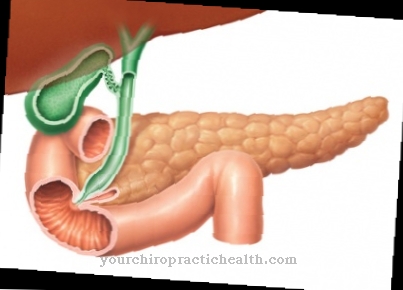
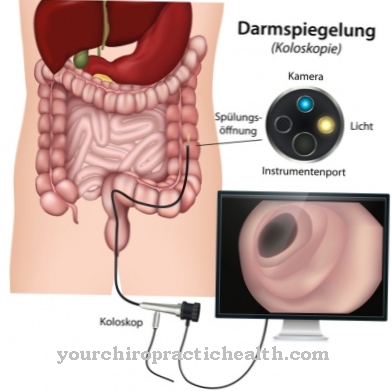
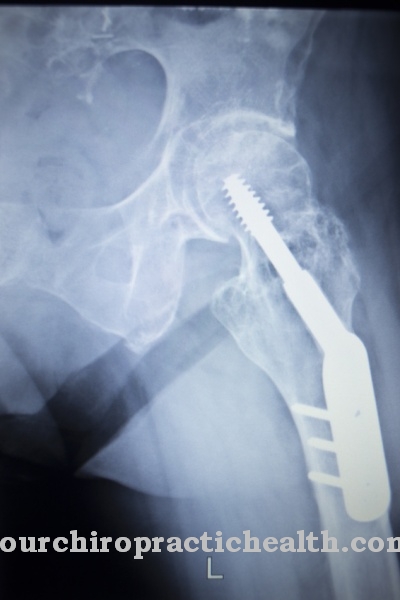
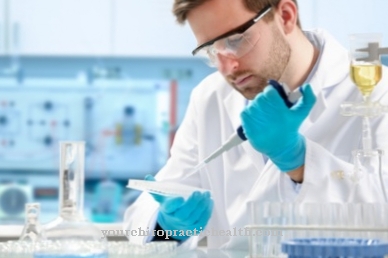

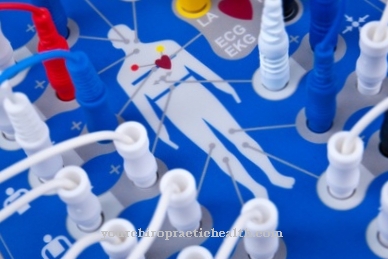






.jpg)

.jpg)
.jpg)











.jpg)